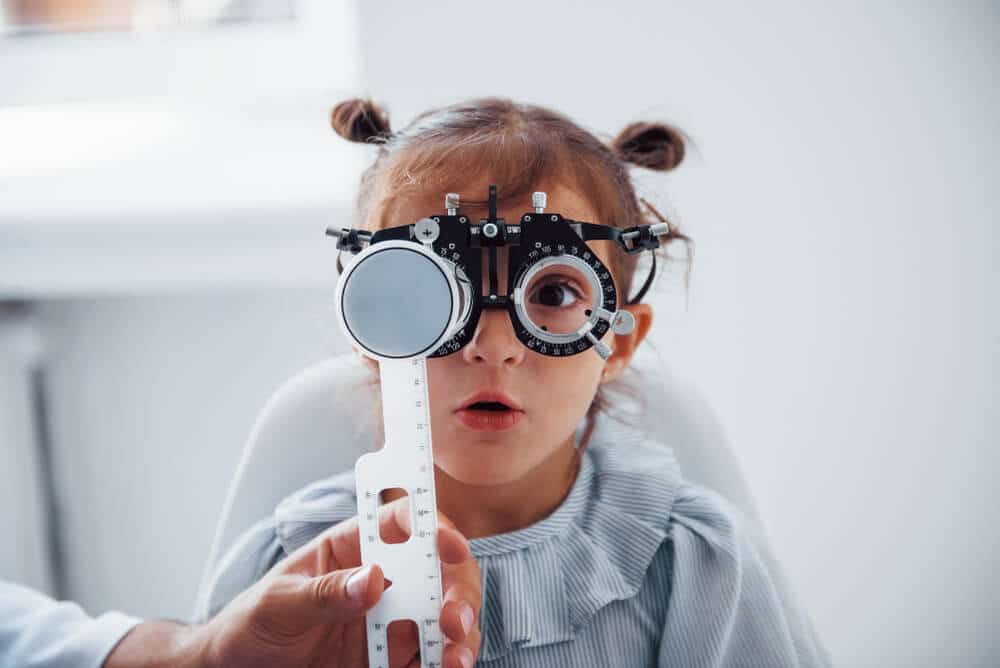
SERVICES


Description & Process
Paediatric Ophthalmology -Is a sub-speciality of ophthalmology concerned with visual development, vision care and various eye diseases in children. Children experience a variety of eye problems, many quite distinct from adult eye diseases.
Some of the common paediatric eye disorders are as follows:
Refractive errors Refractive, or optical, errors – myopia, hyperopia and astigmatism – cause blurred vision due to an inability to focus images on the retina. If not corrected, their consequences can be particularly harmful for children, since vision is developed in the first years of life. Symptoms of poor vision and asthenopia result, and in childhood, amblyopia can also occur, making refractive errors in childhood more complex than in adult patients. In addition, children may not be able to participate fully in the examination, leaving diagnosis
and treatment up to the objective measurements and experience of the examiner.
Amblyopia: Amblyopia is decreased vision in one or both eyes due to abnormal vision development in infancy or childhood and is a common problem in babies and young children. In the first few years of life, the brain must learn to see or interpret the images provided by the eyes. In amblyopia, the brain receives a poor image from the eye and thus does not “learn to see well . Vision loss occurs in this case because nerve pathways between the brain and the eye are not properly stimulated. In amblyopia, there may not be an obvious problem of the eye.
Another word for amblyopia is often “ lazy eye .” It is the leading cause of vision loss amongst children. It is very important to diagnose and treat amblyopia as early as possible. Otherwise, a child with amblyopia will not develop normal, healthy vision.
Types and Causes of Cataracts in Children.
- Cataracts in a child can be congenital (present at birth) or acquired (develop as an infant, child, or adolescent).
- Cataracts can happen in one or both eyes. When both eyes have a cataract, one can be worse than the other.
- Cataracts may appear in different parts of the lens and range in size from tiny dots to dense clouds.
- Genetics, metabolic disorders like diabetes, and eye injury can all cause cataracts.
Abnormality in child behaviour requiring eye check-up
- Keeps object close to his eyes or sitting very close to the TV
- Frequently blinking or rubbing one eye.
- Running into objects or falling down at night or in places that are dimly lit.
- Not being able to see the blackboard at school.
- Crossed eyes
- Things looking blurry or funny.
- Scratchy sensation in the eyes burning or itching.
- Closing one eye or turning or tilting to see things.
- Squinting to see things in the distance.
- Abnormal head posture , turning or tillting head.


